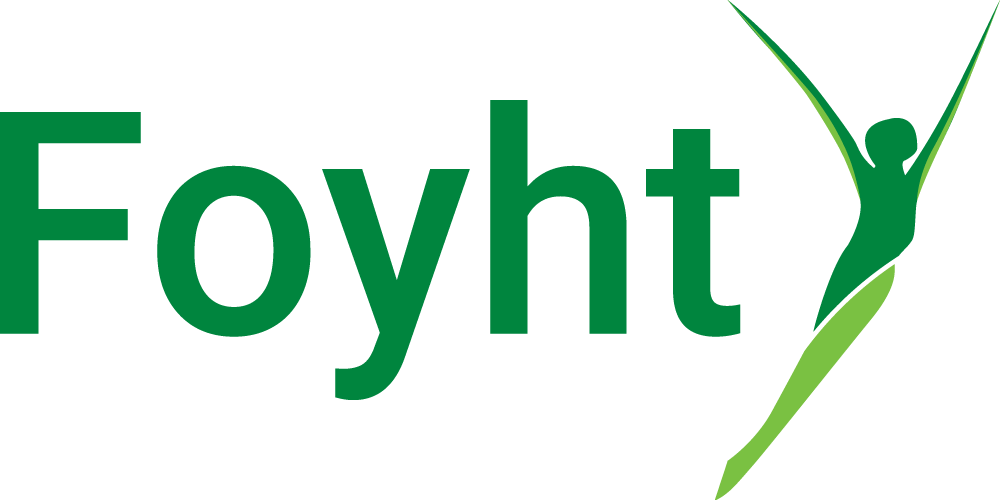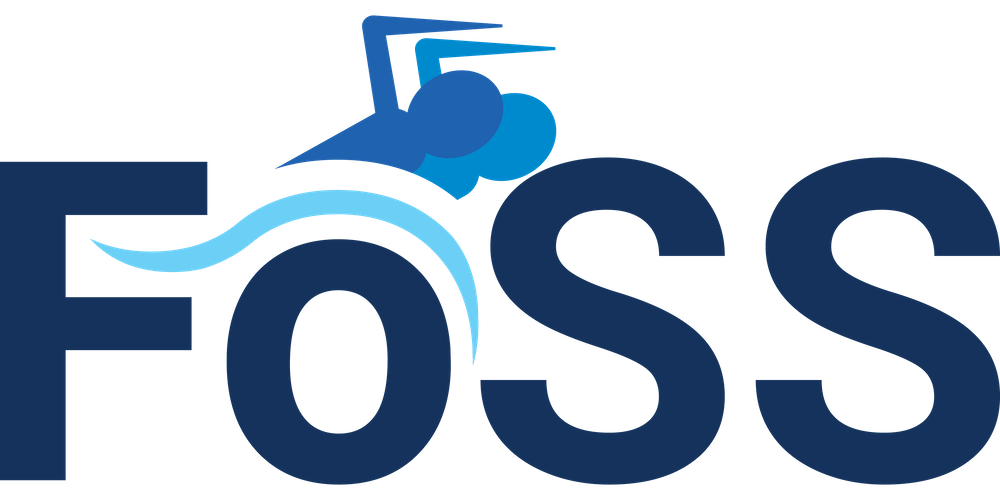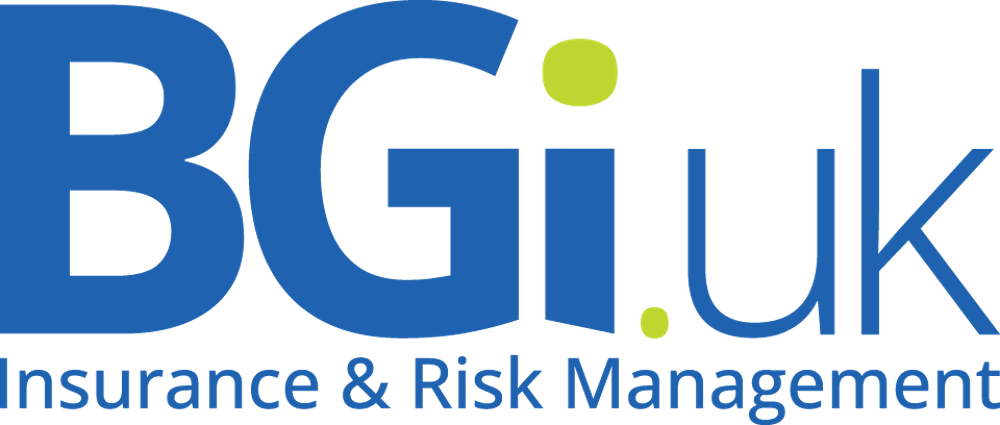Body-Based Interventions & the Polyvagal Theory
In the treatment of disordered eating, a growing body of research highlights the importance of addressing both the psychological and physiological components of recovery.

While traditional therapeutic approaches like Cognitive Behavioural Therapy (CBT), Dialectical Behaviour Therapy (DBT), and various forms of talk therapy have been instrumental in treating disordered eating, integrating body-based interventions can significantly enhance treatment outcomes. One such framework gaining traction is the Polyvagal Theory, developed by Dr. Stephen Porges. This theory provides valuable insights into how our autonomic nervous system (ANS) responds to stress and threat, which can play a pivotal role in the development and maintenance of eating disorders.
Polyvagal theory emphasises the connection between the vagus nerve, social engagement, & the body’s stress response.
It outlines how we can move between different states of regulation, such as feeling safe and socially connected, feeling threatened and mobilised, or feeling overwhelmed and immobilised. By incorporating body-based Polyvagal interventions, individuals can begin to regulate their nervous system to create an internal sense of safety, which is essential for sustained recovery from disordered eating.
Understanding Polyvagal Theory & Its Relevance to Disordered Eating
Polyvagal theory helps explain how individuals with disordered eating may experience difficulty regulating their emotions, cope with overwhelming stress, or feel disconnected from their body.

For many, food becomes a coping mechanism—a way to manage dysregulation or create a sense of control. The constant fight, flight, or freeze states associated with eating disorders are often attempts to self-soothe or escape discomfort when the nervous system perceives danger.
According to Polyvagal theory, our nervous system has three key states:
- Ventral Vagal State (Safe and Social): In this state, we feel calm, connected, and safe. It’s a state of social engagement where we can experience joy, creativity, and connection to ourselves and others. For those with disordered eating, this state is often elusive, as the body is stuck in hypervigilance or shutdown.
- Sympathetic State (Fight or Flight): In this state, the nervous system is activated to defend against perceived threats. This may manifest as heightened anxiety, restlessness, or compulsive behaviours around food. Restrictive eating, bingeing, and over-exercising are common ways individuals attempt to cope with the stress of this state.
- Dorsal Vagal State (Freeze or Shutdown): This is a state of immobilisation or dissociation, where the individual may feel numb, disconnected, or emotionally frozen. It can lead to binge eating or emotional overeating as a way to override feelings of helplessness or depression.
Regulating for Safety: A Key to Recovery
For individuals with disordered eating, creating a felt sense of safety is crucial for recovery. Polyvagal interventions focus on helping the nervous system return to a state of regulation, particularly the ventral vagal state, where healing and social engagement can occur. When the nervous system feels safe, individuals can better process emotions, make more mindful choices around food, and develop healthier coping mechanisms.
Body-Based Polyvagal Interventions
Here are a few body-based Polyvagal interventions that can be used alongside traditional treatment modalities (please note that these do not necessarily replace evidence based practices, but have the potential to significantly support the process of recovery) to enhance recovery from disordered eating.

These modalities should be conducted with trained practitioners as well.
1. Breathwork & Co-Regulation
Deep, diaphragmatic breathing activates the vagus nerve, helping to shift the nervous system into the ventral vagal state. Breathwork can create an immediate sense of calm, signaling to the body that it is safe. Co-regulation, or engaging with a supportive person who is regulated themselves, can also provide an essential social connection that helps to calm the nervous system.
2. Grounding Exercises
Grounding exercises, such as feeling your feet on the floor, engaging in mindful movement, or focusing on physical sensations, can help bring individuals back into their body and into the present moment. This can reduce dissociation and create a sense of embodied awareness, helping individuals reconnect with their body in a positive, non-judgmental way.
3. Somatic Experiencing
Somatic Experiencing, a body-focused therapy developed by Dr. Peter Levine, is a powerful tool for addressing trauma and dysregulation in the nervous system. It helps individuals release stored energy from past traumas, creating a pathway for the nervous system to move from a state of survival to safety. By focusing on bodily sensations rather than cognitive processes, clients can resolve the underlying trauma often associated with disordered eating.
4. Vagus Nerve Stimulation
Certain exercises can stimulate the vagus nerve directly, promoting relaxation and a parasympathetic response. Gentle neck stretches, humming, gargling, or even singing can activate the vagus nerve and help bring the body into a more regulated state.
5. Movement & Dance
Engaging in mindful movement practices like yoga, dancing, or stretching can help regulate the nervous system by combining physical activity with self-awareness and emotional expression. When done in a safe, non-judgmental environment, movement can become a way to release trapped emotions, regain a sense of agency, and build a positive connection to the body.
Integrating Polyvagal Interventions into Treatment
By integrating body-based Polyvagal interventions into the treatment of disordered eating, clinicians can help clients develop tools for self-regulation and emotional resilience. These interventions can complement traditional talk therapies by addressing the body’s autonomic responses, helping individuals navigate moments of dysregulation in more adaptive ways.

This approach empowers individuals to recognise when their nervous system is out of balance and to implement strategies to restore safety. Over time, this self-awareness and capacity for regulation can diminish the hold of disordered eating behaviours, allowing for deeper emotional healing and reconnection with the self.
Conclusion
The incorporation of body-based Polyvagal interventions in the treatment of disordered eating represents a holistic approach that addresses the mind-body connection. By helping individuals regulate their nervous system and create a sense of safety within, these interventions can serve as a powerful adjunct to more traditional modalities. In a field where so much of the struggle revolves around control, fear, and dysregulation, Polyvagal-informed practices offer a compassionate and effective way to support lasting recovery.
Polyvagal interventions, grounded in the wisdom of the body, hold tremendous promise for transforming the landscape of eating disorder treatment.
Through the lens of safety & connection, individuals can move beyond survival & into a place where true healing occurs.
Main – Photo by Elena Leya on Unsplash





